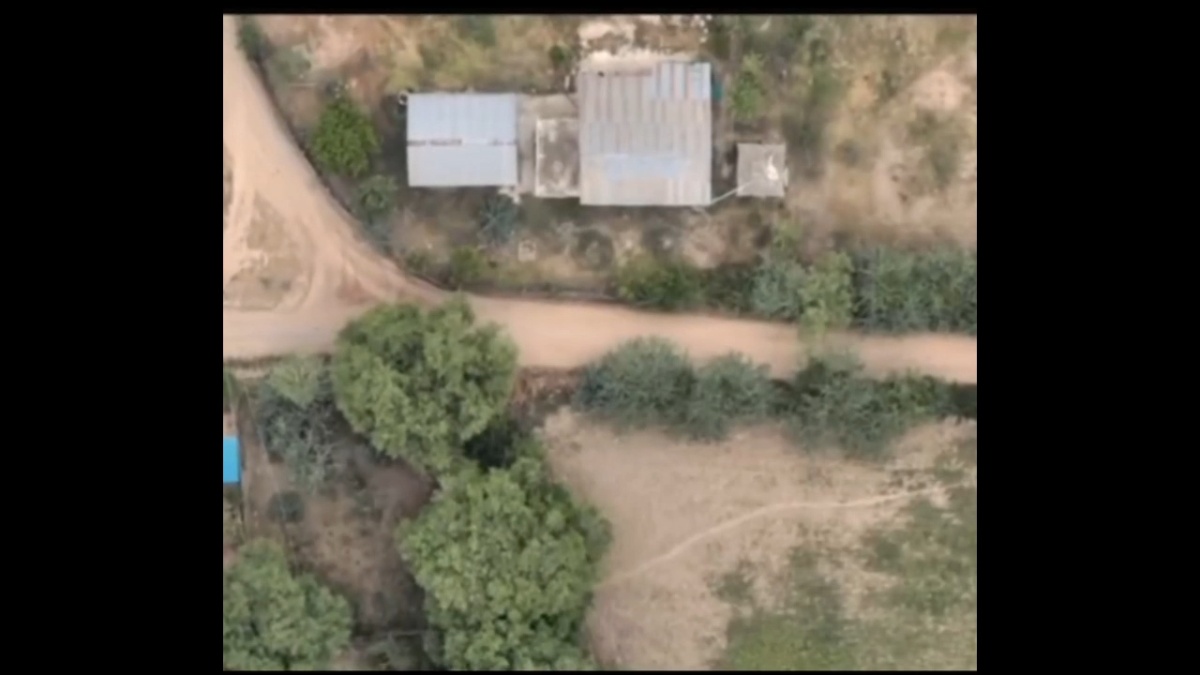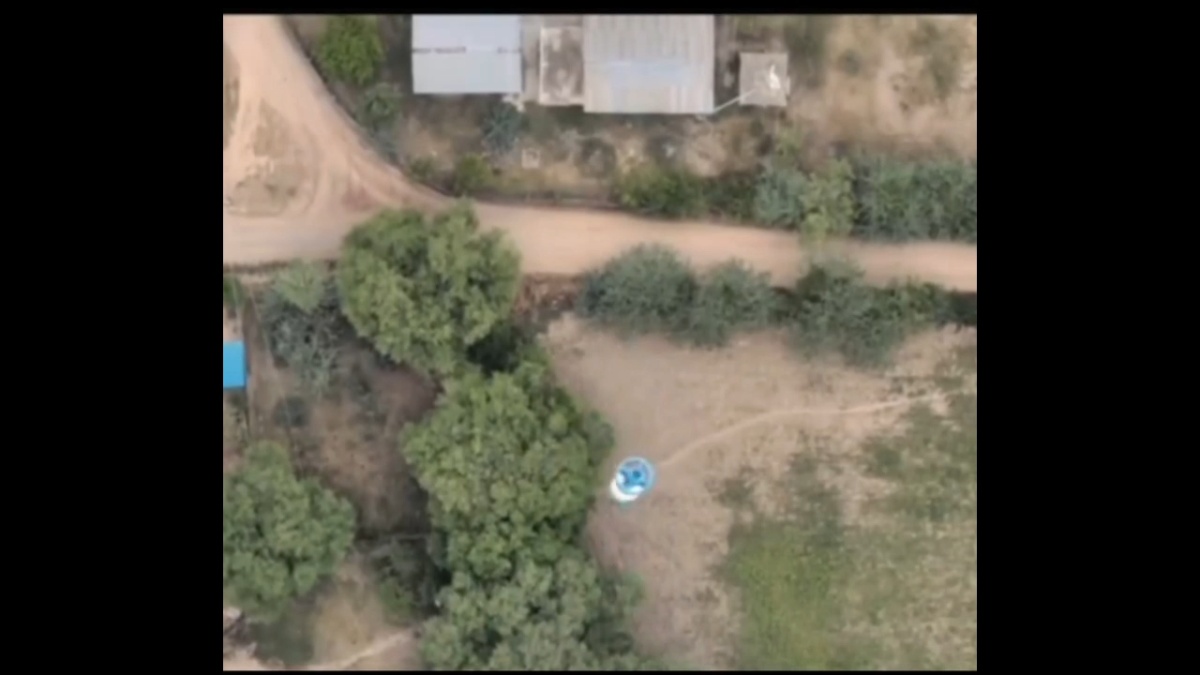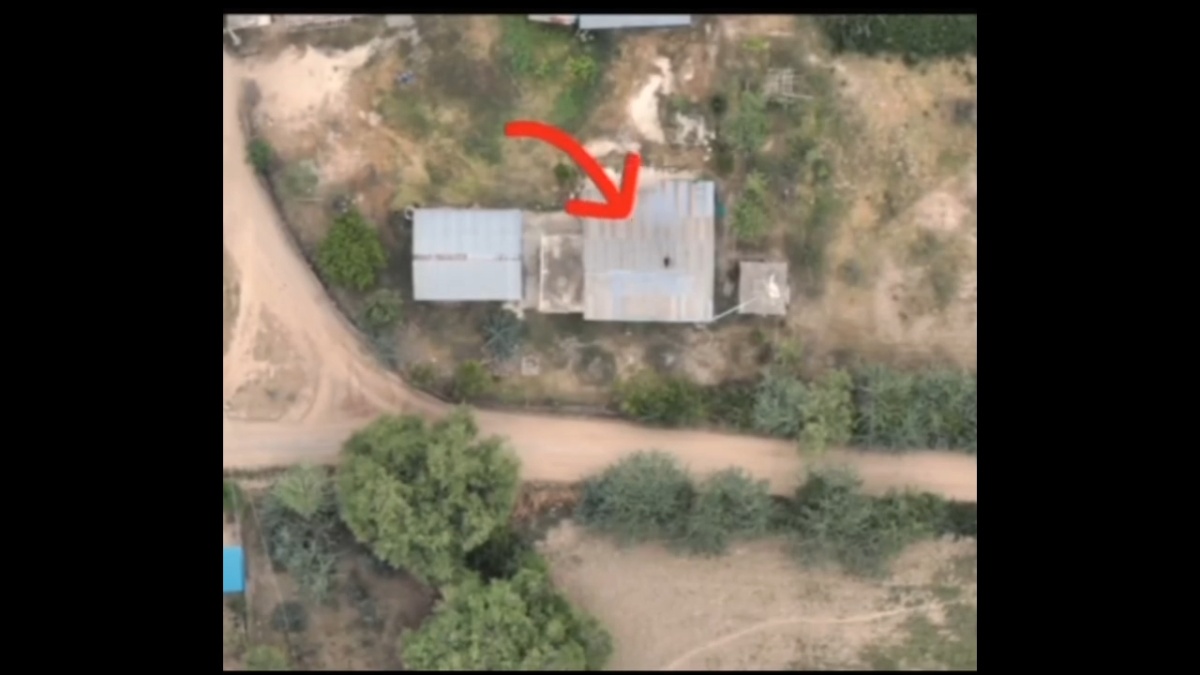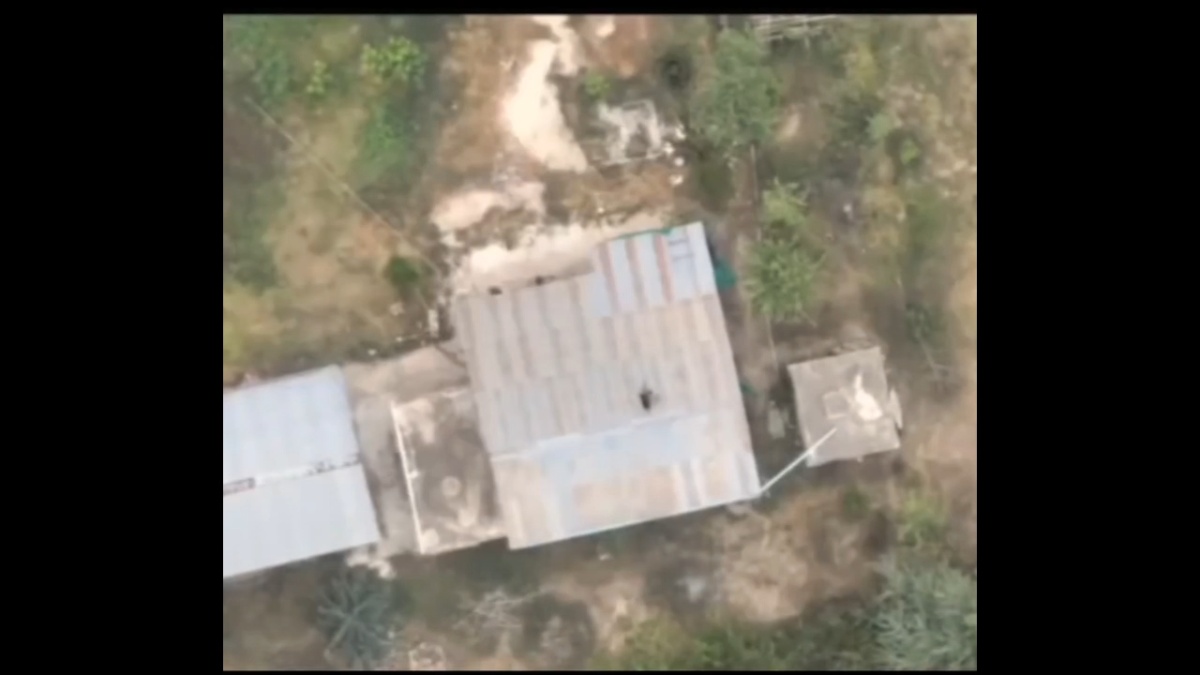
Regular monitoring and reporting of a portfolio’s risk level are crucial components of effective risk management.
These processes help ensure that the portfolio remains aligned with the investor’s risk tolerance, investment goals, and market conditions.








Here are the key steps and best practices for regular monitoring and reporting:
1. Frequent Reviews
Scheduled Reviews: Conduct regular portfolio reviews at predetermined intervals, such as monthly, quarterly, or biannually. The frequency may depend on the portfolio’s complexity and the investor’s preferences.
Ad-hoc Reviews: Perform additional reviews in response to significant market events or changes in the investor’s financial situation.
2. Tracking Performance Metrics
Portfolio Performance: Monitor overall portfolio performance against benchmarks and investment objectives.
Risk Metrics: Regularly update and review key risk metrics, such as standard deviation, beta, Sharpe ratio, and Value at Risk (VaR).
3. Stress Testing and Scenario Analysis
Stress Testing: Conduct periodic stress tests to assess how the portfolio would perform under extreme market conditions. Update scenarios to reflect current market risks.
Scenario Analysis: Evaluate the impact of different hypothetical scenarios, such as economic recessions, interest rate changes, or geopolitical events.
4. Risk Reporting
Comprehensive Reports: Generate detailed risk reports that include analysis of the portfolio’s risk profile, performance metrics, and the outcomes of stress tests and scenario analyses.
Executive Summaries: Provide concise summaries for quick reference, highlighting key findings and any recommended actions.
5. Rebalancing Strategies
Threshold-Based Rebalancing: Set specific thresholds for asset allocation. When these thresholds are breached, rebalance the portfolio to maintain the desired allocation.
Periodic Rebalancing: Rebalance the portfolio at regular intervals, regardless of market movements, to maintain the target asset allocation.
6. Communication with Stakeholders
Regular Updates: Provide regular updates to stakeholders, such as clients, advisors, or investment committees, detailing the portfolio’s performance and risk profile.
Transparent Communication: Ensure clear and transparent communication about any changes in strategy, performance issues, or significant risks identified.
7. Use of Technology
Risk Management Software: Utilize advanced risk management software and tools to automate monitoring, data collection, and reporting processes.
Real-Time Monitoring: Implement systems that provide real-time monitoring of market conditions and portfolio performance, enabling quicker responses to market changes.
8. Actionable Insights
Identify Trends: Analyze data to identify trends and potential risk factors. Use this information to make informed decisions about portfolio adjustments.
Proactive Management: Act on insights gained from monitoring and reporting to proactively manage risk, rather than reacting to adverse events after they occur.
9. Documentation and Compliance
Record Keeping: Maintain detailed records of all monitoring activities, risk assessments, and decisions made. This aids in compliance and provides a historical reference for future decision-making.
Regulatory Compliance: Ensure that all monitoring and reporting activities comply with relevant regulations and industry standards.
10. Continuous Improvement
Feedback Loop: Establish a feedback loop to continually improve the monitoring and reporting processes. Gather feedback from stakeholders and incorporate it into future practices.
Learning and Adaptation: Stay informed about new risk management techniques, tools, and regulatory changes. Adapt the monitoring and reporting processes as needed to stay current and effective.

Leave a Reply